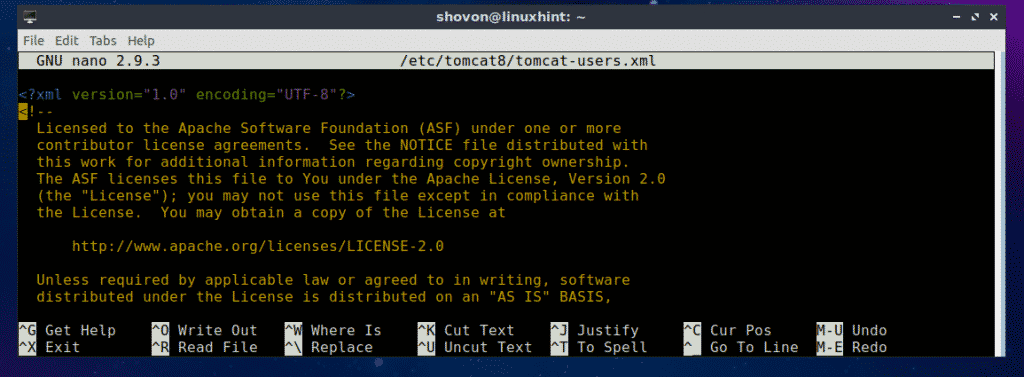

- #Apache tomcat 8. how to#
- #Apache tomcat 8. install#
- #Apache tomcat 8. software#
- #Apache tomcat 8. zip#
# systemctl status tomcat enable systemd service : # firewall-cmd -zone=public -add-port=8080/tcp -permanentĪnd reload the firewall: # firewall-cmd -reload

We create a basic service file /etc/systemd/system/rvice for systemd with our favorite text editor, like vi or nano with the following content:ĮxecStart=/opt/tomcat/bin/catalina.sh startĮxecStop=/opt/tomcat/bin/catalina.sh stop.We add execute rights to the scripts located in the bin directory:.# chown -R tomcat:tomcat /opt/apache-tomcat-8.5.37 We create the user that will run the server, and set it as the owner of the required directories:.It is a good practice to store data of the same type in one place, and /var/log is already the place of the system logfiles. The reason behind this is to store all logs under /var/log where the storage is handled with system load, and therefore logfile sizes in mind. We delete the original /opt/tomcat/logs directory, and replace it with a symlink pointing to /var/log/tomcat:.This way installing yet another version, and switching to it is a matter of changing where the symlink is pointing to. # ln -s /opt/apache-tomcat-8.5.37 /opt/tomcat We create a symbolic link /opt/tomcat pointing to /opt/apache-tomcat-8.5.37:.Next we extract the package with unzip in-place:.The mirror may vary by location, for optimal performance, use the mirror closest to your location. Let’s switch to this directory:Īnd download the package directly to this path: # wget
#Apache tomcat 8. software#
By browsing the download site of Tomcat 8, we can copy the link we need, and use wget on the target system.We’ll use /opt as the base path of the installation, as it is a common place for software installed by hand.
#Apache tomcat 8. zip#
#Apache tomcat 8. install#
We will install a Tomcat server not from an rpm package, but a zip file that we will download from the official site.

#Apache tomcat 8. how to#
How to install apache tomcat on Linux Redhat 8 step by step instructions $ – requires given linux commands to be executed as a regular non-privileged user # – requires given linux commands to be executed with root privileges either directly as a root user or by use of sudo command Privileged access to your Linux system as root or via the sudo command. Requirements, Conventions or Software Version Used Software Requirements and Conventions Used Software Requirements and Linux Command Line Conventions Category


 0 kommentar(er)
0 kommentar(er)
